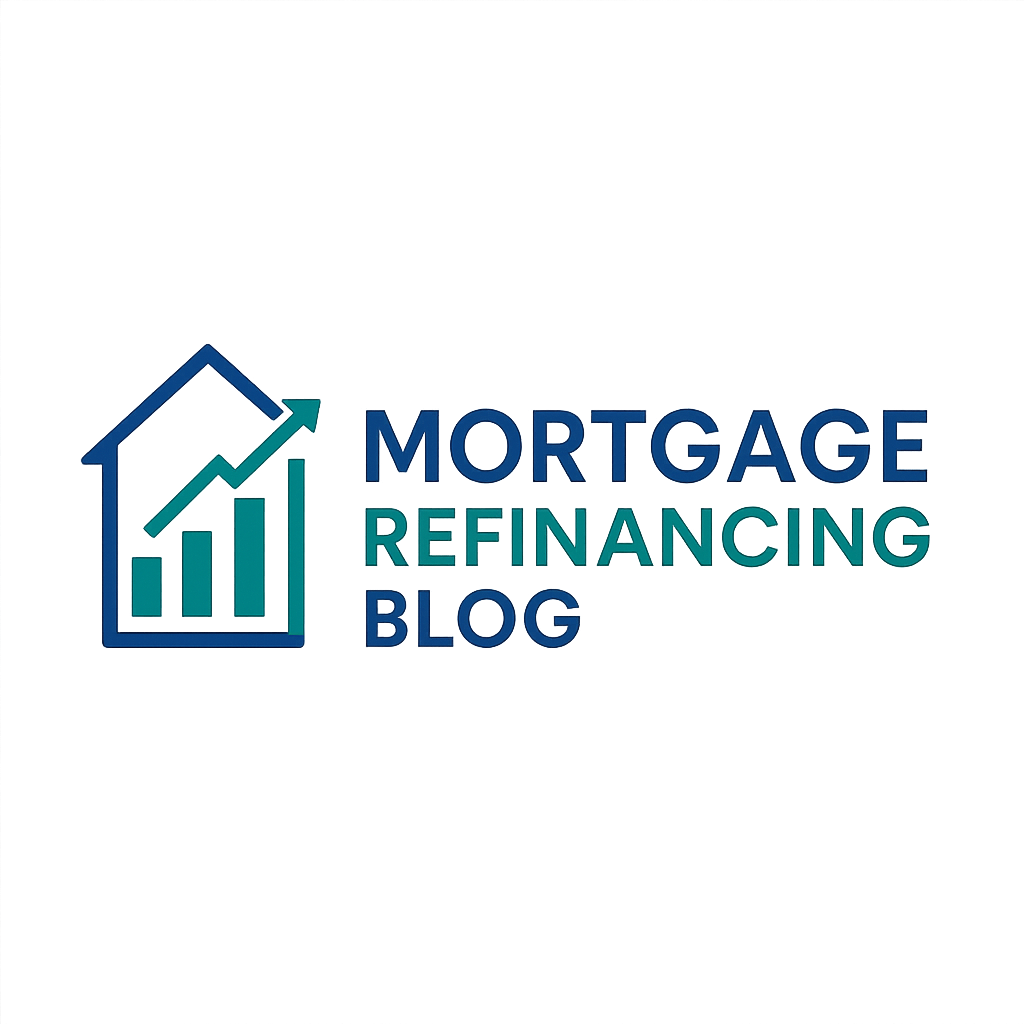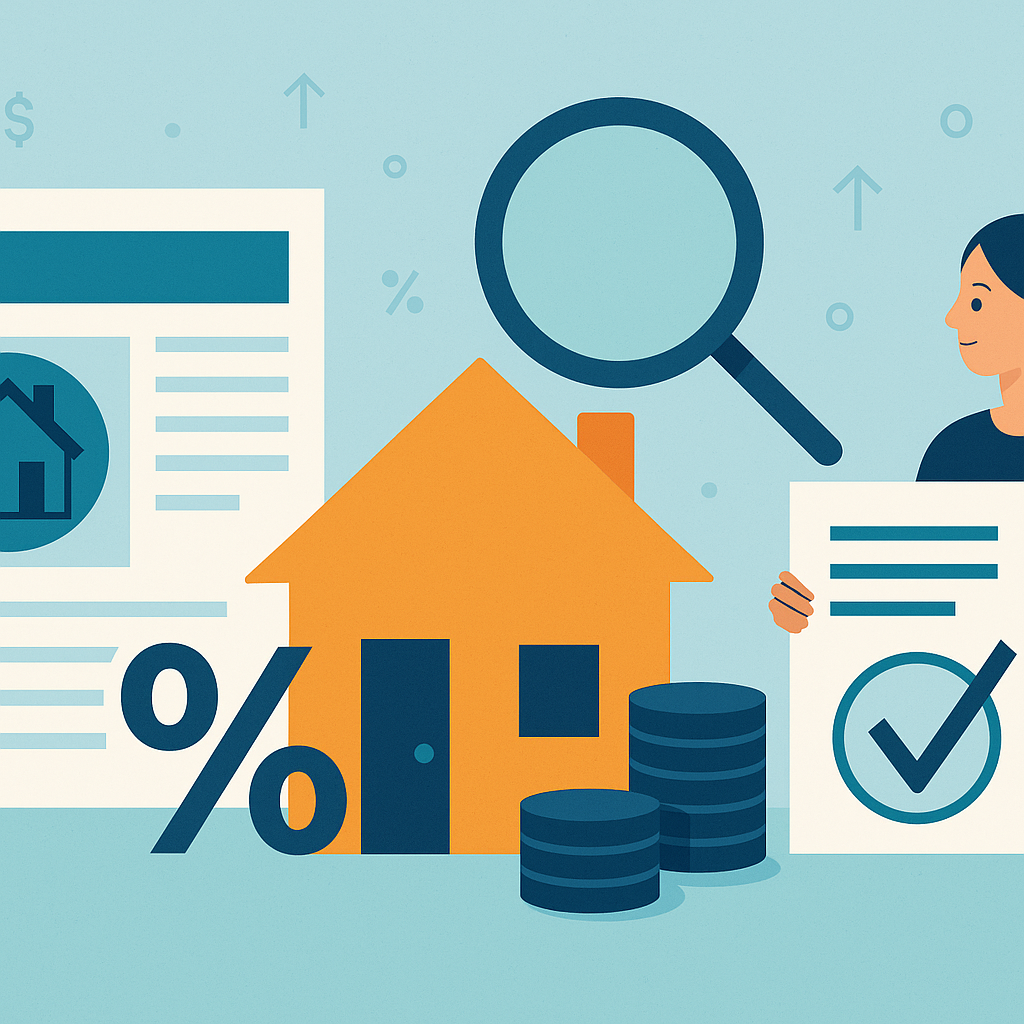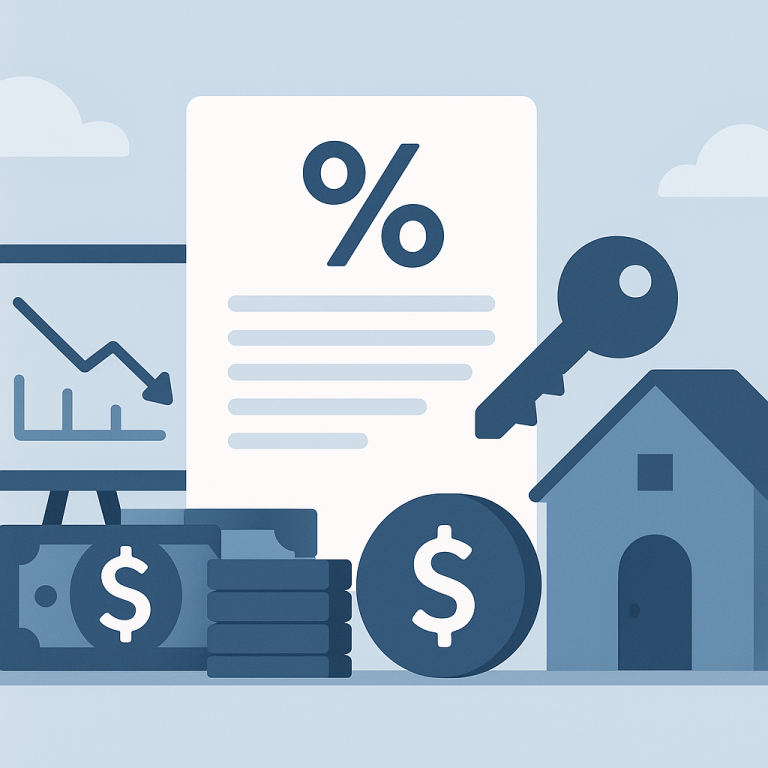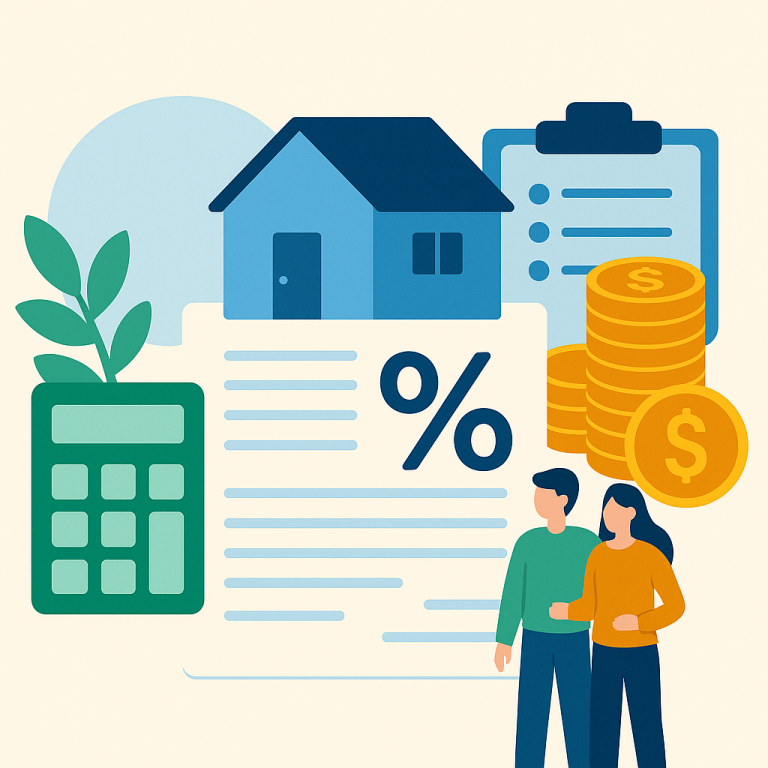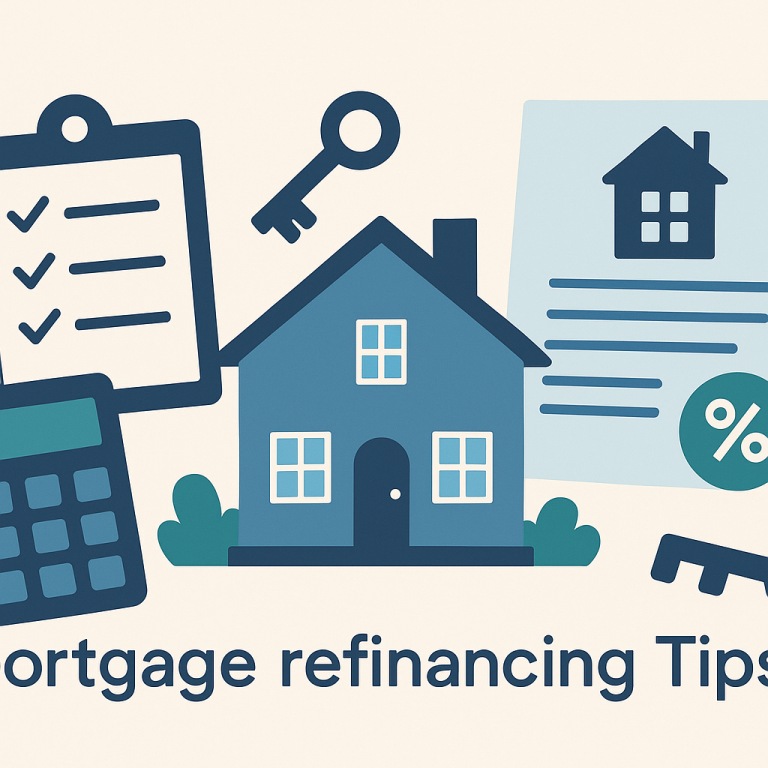Mortgage Rates Fall To 4.25% After Jobs Report; Refinance Applications Jump 22%
Refinance Window Widens as Mortgage Rates Ease; Homeowners Must Weigh Costs Versus Savings
Mortgage rates have moderated from recent peaks, prompting a noticeable uptick in refinancing inquiries and applications. Lenders are promoting streamlined options for borrowers with established equity and strong credit histories, while others highlight cash-out alternatives for homeowners seeking liquidity. The evolving market presents opportunities, but the decision to refinance hinges on more than headline rates: closing costs, loan terms and how long a homeowner plans to stay in the property remain decisive.
Industry observers say the current environment favors borrowers who can demonstrate low loan-to-value ratios and solid payment history, as those profiles typically secure the most competitive pricing. At the same time, the mix of product offerings from banks and nonbank lenders means comparisons are important; advertised rates often exclude fees and points that materially affect the net benefit of a transaction.
Two common refinancing strategies are attracting attention. Rate-and-term refinances replace an existing loan with a new one to secure a lower rate or different term, focusing on monthly payment reductions or interest savings over time. Cash-out refinances convert home equity to funds for renovations, debt consolidation or other uses, but they generally carry higher costs and can increase the loan balance and monthly payment. The right choice depends on a homeowner’s financial goals and tolerance for immediate costs versus long-term savings.
Timing remains a factor. Locking a rate after a quote can protect against near-term volatility, but early expiration of rate locks and underwriting timelines can introduce uncertainty. Additionally, borrowers should account for the time needed for appraisal, title work and final approval, which can extend beyond initial expectations during periods of higher demand.
What Homeowners Should Do Next
- Calculate the break-even point: Compare total refinancing costs to projected monthly savings to determine how long it will take for the refinance to pay off.
- Obtain multiple loan estimates: Request estimates from several lenders and compare both rate and fees, including third-party costs such as appraisal and title insurance.
- Review loan-to-value and credit profile: Confirm current equity and review credit reports for items that could affect pricing; small improvements in credit can lead to better terms.
- Decide between points and flexibility: Evaluate whether paying discount points to lower the rate makes sense given the intended holding period of the home.
- Understand the trade-offs of cash-out refinancing: Assess whether the immediate access to funds justifies potentially higher interest and a larger outstanding balance.
For homeowners considering a move or those likely to refinance again in the near term, shorter-term loans or options with lower upfront costs may be preferable. Conversely, homeowners planning to remain in place for many years may benefit more from locking in a lower rate even if it requires paying more at closing.
Finally, keep documentation organized. Lenders require income verification, asset statements and property documentation; having these ready can speed processing and reduce the likelihood of surprises during underwriting.
As mortgage pricing continues to adjust, a careful, comparison-driven approach will help homeowners decide whether now is the right time to refinance and which product best matches their financial objectives.
META: refinance, mortgage, homeowners, rates, loan-to-value, closing costs, cash-out
